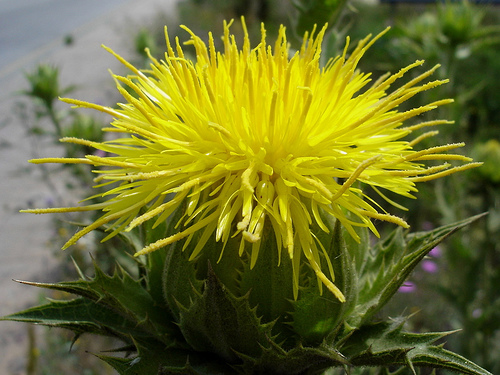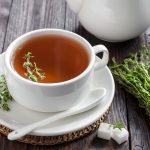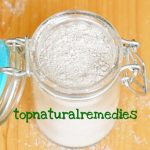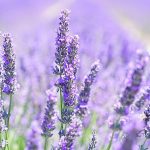Increase Your Milk Supply with Blessed Thistle
If you are nursing and you are worried that you may just not have enough milk to satisfy your baby’s nutritional needs, besides increasing the frequency of feedings, gently massaging the breast and making sure that you use the proper breastfeeding techniques, there are a few herbal supplements that could benefit you. Among them, the plant known as blessed thistle seems to be the most efficient, or at least as efficient as the other great help for nursing mothers – fenugreek.

Blessed thistle (Cnicus benedictus), also known as St. Benedict’s thistle, is a plant growing up to 60 cm tall, with leathery, hairy leaves up to 30 cm long and 8 cm broad, with small spines on the margins, and yellow flowers, produced in a dense flowerhead 3-4 cm diameter, surrounded by numerous spiny basal bracts. Not to be confused with blessed milk thistle (Silybum marianum), also known as St. Mary’s thistle, a plant growing 30-200 cm tall, with oblong to lanceolate leaves that are either lobate or pinnate, with spiny edges. Milk thistle’s leaves are hairless, shiny green, with milk-white veins, and the flowers are of red-purple color and 4-12 cm long and wide.
Blessed thistle can be prepared as an infusion and used for loss of appetite and indigestion and also for the treatment of colds, coughs, fevers, bacterial infections and diarrhea. If you’ll use it for promoting the flow of breast milk, it is best to take it as capsules: 3 capsules (325 to 390 mg each) during a meal, 3 times a day. (Tea also seems to work, but you’ll never have time to do anything else but drink tea if you want to take enough for it to have a considerable therapeutic effect.)
Team work
Blessed thistle works best when taken together with fenugreek, a plant that can also be found as capsules. Take 2-3 capsules (580 to 610 mg each) of fenugreek during a meal, 3 times a day. Your urine and skin may start to smell like maple syrup, but that’s no reason to start worrying, as it is only an indication that you are taking just enough (in fact, there are herbalists that recommend increasing the dose until you can sense that smell). This combination seems to work better in the first few weeks and especially in the first week. Also, you should notice a difference withing 12 to 24 hours after starting taking the capsules. If this does not happen, it means they probably don’t work for you and you should try something else.
What else?
Well, besides taking those supplements, you can also start eating more raw nuts (especially almonds, cashews and macadamia nuts), oatmeal and leafy green vegetables. Infusions of ginger or goat’s rue have also been proven to help.



